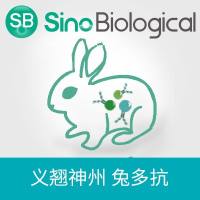Immunohistologic Staining of Muscle and Embryos to Detect Insulin-Stimulated Translocation of Glucose Transporters
互联网
447
The facilitative glucose transporters constitute a family of integral membrane proteins, each with different substrate specificities, tissue distribution, and transport kinetics. It is possible to localize and track movement of facilitative glucose transporters within a cell using several different techniques: subcellular fractionation (1 ,2 ), surface labeling with the bis-mannose photolabel or Holman’s reagent (3 –5 ), immunoelectron microscopy (6 ,7 ), immunohistological techniques using confocal microscopy (8 ,9 ), and confocal microscopy studies using a fusion protein between green fluorescent protein (GFP) and any of the glucose transporters (10 ,11 ). These different localization techniques can be used in combination with uptake assays or by themselves to confirm translocation of the transporter to a plasma membrane location upon exposure to insulin or insulinlike growth factor-I (IGF-1). Immunohistochemical techniques have the advantage of localization within an intact cell, thus allowing confirmation of normal cell morphology in the cell subjected to insulin stimulation. This direct confirmation is important given that translocation can occur under several non-insulin-related events, such as starvation, temperature change, muscle contraction, or other stresses that the cell may undergo. These stresses can be identified by visualization, whereas other biochemical techniques would not give any indication of the overall status of the cell.









